Top 10 Paintings of the Renaissance That Are Worth Your Attention
What is the Renaissance? It is a period in Europe lasting approximately 300 years (from the 14th to 17th centuries). It was a time of rebirth for classical knowledge and wisdom. This wave significantly impacted many aspects of European culture, including art, politics, religion, and literature.
The Renaissance was characterized by a bigger interest in the natural world and a revival in knowledge. These components were evident in medieval times but took on greater prominence in the 15th-16th centuries.
Renaissance art was devoted to the portrayal of a person's individuality. The Renaissance period saw many works by legendary artists that are still treasured.
These are the best and most famous Renaissance paintings.
1. Mona Lisa
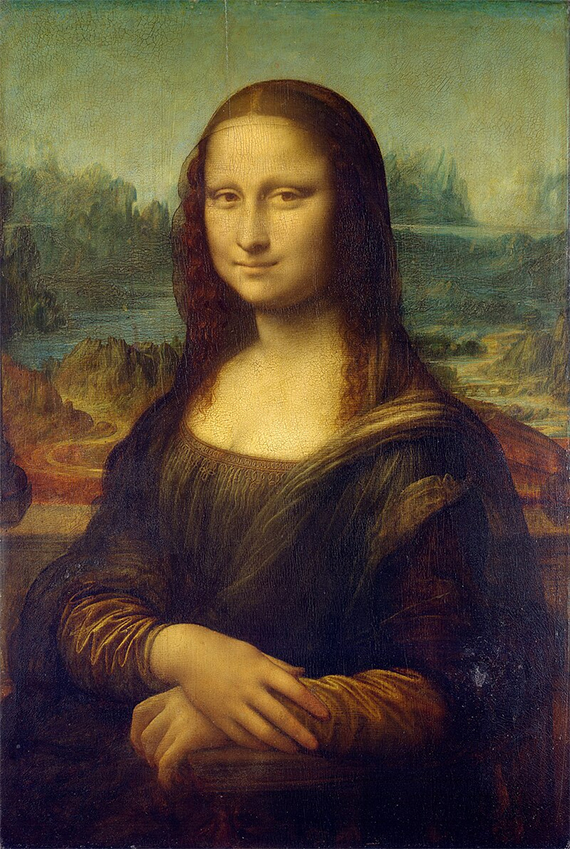 Leonardo Da Vinci" width="570" height="849" />
Leonardo Da Vinci" width="570" height="849" />
Leonardo Da Vinci's Mona Lisa is one of history's most recognized and famous paintings. It is undoubtedly the most talked about painting due to the mysterious smile. Many have argued about whether the Mona Lisa is actually smiling.
Da Vinci painted Mona Lisa's eyes so that they follow the viewer no matter what angle you are looking at. Oil on wood, the painting belongs to the Government of France. Mona Lisa can be found in the Louvre Museum in Paris and belongs to everyone.
2. Primavera

In Italian, the word means ‘spring’. Primavera, a painting by Sandro Botticelli (originally known as Alessandro di Mariano Filipepi), is the work of Sandro. This painting is known also as "Allegory of Spring". This piece is said to have been created by Botticelli around 1482. This cherished piece of Renaissance Art holds a reputation as one of the finest examples from that era.
Numerous interpretations surround it, with some viewing it as a mythical metaphor and others believing it represents spring. The vibrant use of colors and the diverse interpretations contribute to its widespread popularity. According to some sources, "Primavera" stands as one of the most debated artworks globally. It was crafted by the renowned Michelangelo B.
3. The Creation of Adam
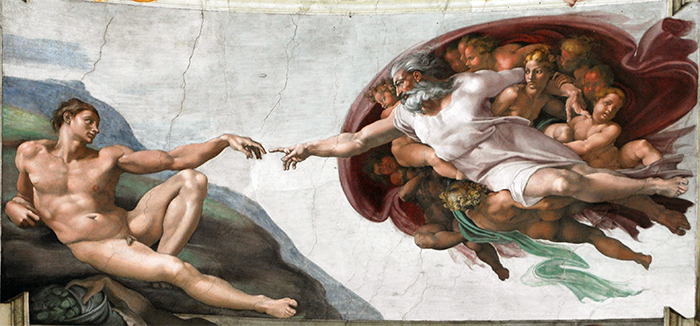
This masterpiece by Michelangelo, brought to life in 1512, graces the ceiling of the Sistine Chapel. It depicts the creation of Adam. Despite being one of the most replicated paintings globally, the Mona Lisa continues to overshadow its fame. It holds significant esteem and symbolizes humanity through the near-touching hands of God and Adam.
4. The Last Supper
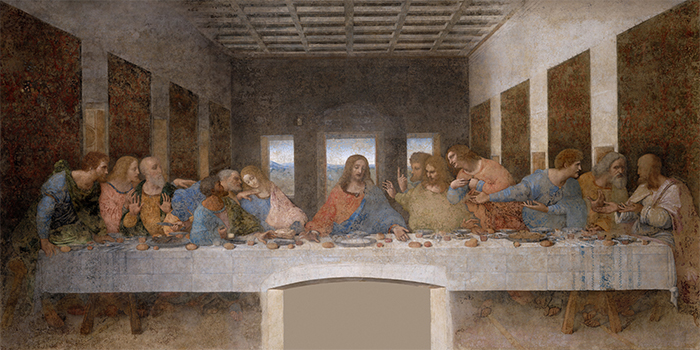 Leonardo Da Vinci" width="700" height="350" />
Leonardo Da Vinci" width="700" height="350" />
Leonardo Da Vinci, in 1498, created what he considered his magnum opus—The Last Supper. This significant Renaissance painting portrays Jesus sharing his final meal with his disciples. Renowned for its masterful use of light, color, and anatomy, it has sparked countless discussions and speculations over the years.
The disciple seated to Jesus' right is often referred to as Mary Magdalene. Many people wonder what the V-shaped space that separates Jesus from the person seated on his right means. Leonardo Da Vinci's masterpiece, The Last Supper, is a work of art despite all these conjectures.
5. Raphael's School of Athens
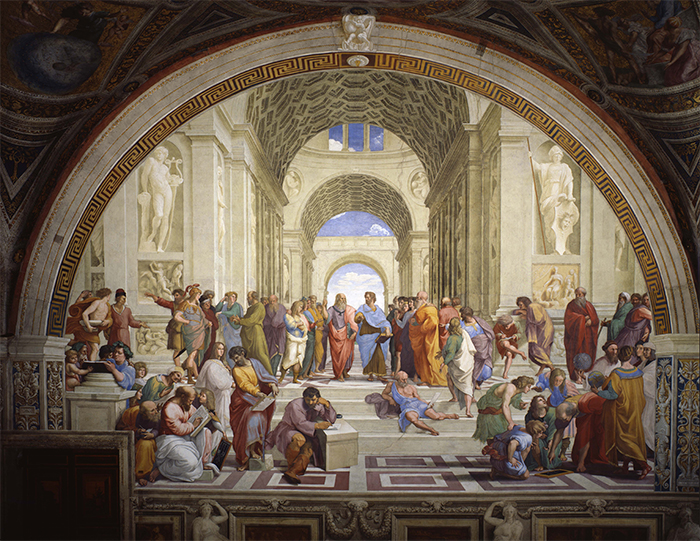
It is one of the main four frescos that decorate the Apostolic Palace walls in the Vatican. The painting is believed to represent philosophy, as it depicts the best period in Greek Philosophy. Aristotle is also found at the center. The painting perfectly captures the Renaissance's classical spirit.
6. The Kiss of Judas
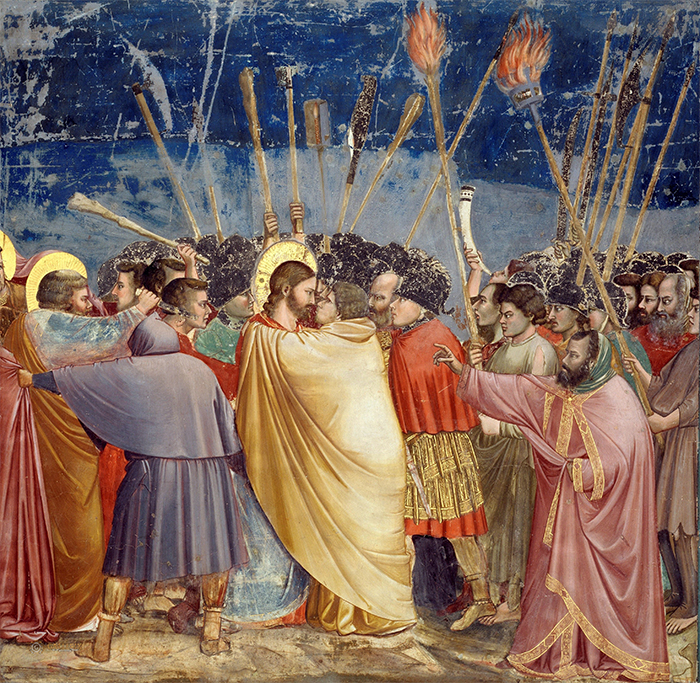
Giotto Di Bondone painted this picture in 1306 to depict the moment when Judas betrayed Jesus. He kissed him and identified Jesus for the Roman soldiers. Giotto's fresco cycle is housed in the Scrovegni Chapel, where the Kiss of Judas painting is one of the most well-known. Giotto's work is considered a masterpiece by many critics. The way that he captured Jesus' and Judas' expressions at the scene of the betrayal shows his mastery.
7. The Last Judgement

This remarkable painting by Michelangelo Buonarroti is nestled within the Sistine Chapel in Vatican City. It dates back to 1541. This artwork vividly illustrates the second coming, a day foretold for God's judgment upon humanity.
At its center, Michelangelo positioned Jesus, encircled by Saints. The upper segment portrays the ascension of souls to heaven, while the lower reveals the fall of sinners to hell. The painting is celebrated for its vibrant color palette and exquisite brushwork.
8. Sistine Madonna

Around 1512, the artist known as Raphael, Raffaello, or Sanzio brought to life the Sistine Madonna. The painting features Mother Mary cradling baby Jesus, flanked by Saint Barbara and underpinned by Saint Sixtus. This piece is one of the most recognized and significant works of the Renaissance.
9. Assumption of The Virgin
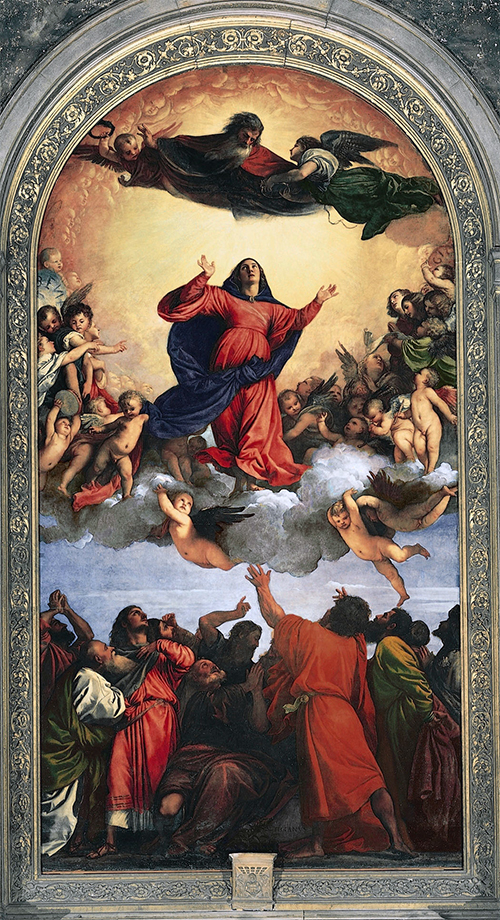
Housed on the high altar of Santa Maria Gloriosa dei Frari is a vibrant masterpiece by Titian, also known as Tiziano. Crafted in his youth, the painting depicts the ascension of Mother Mary into heaven, adorned in a red gown, as she is elevated towards God and bids farewell to the apostles below.
10. Birth of Venus
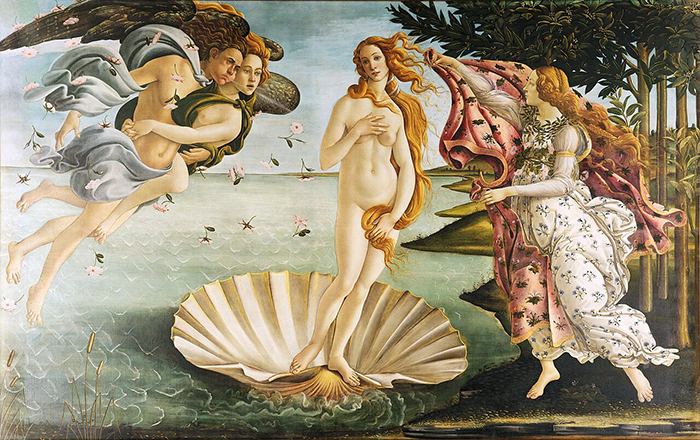
Sandro Botticelli, in 1485, created a depiction of the goddess Venus arriving in Cyprus. Represented as pure and mature, she stands atop a seashell. Botticelli's meticulous attention to Venus's details is evident, and the painting emerged during a time when artistic representations of nudity were gaining popularity, marking it as a pivotal Renaissance work.
These ten amazing paintings are the true bright stars that light the artistic firmament of the Renaissance. They are the brushstrokes that painted an era of cultural rebirth and artistic innovation. These masterpieces leave a great mark on the tapestry of history. Each piece is a whisper of the past, telling divine narratives and human endeavors, forever echoing the Renaissance, a time of profound cultural and artistic rejuvenation in history.
No Comments Yet...